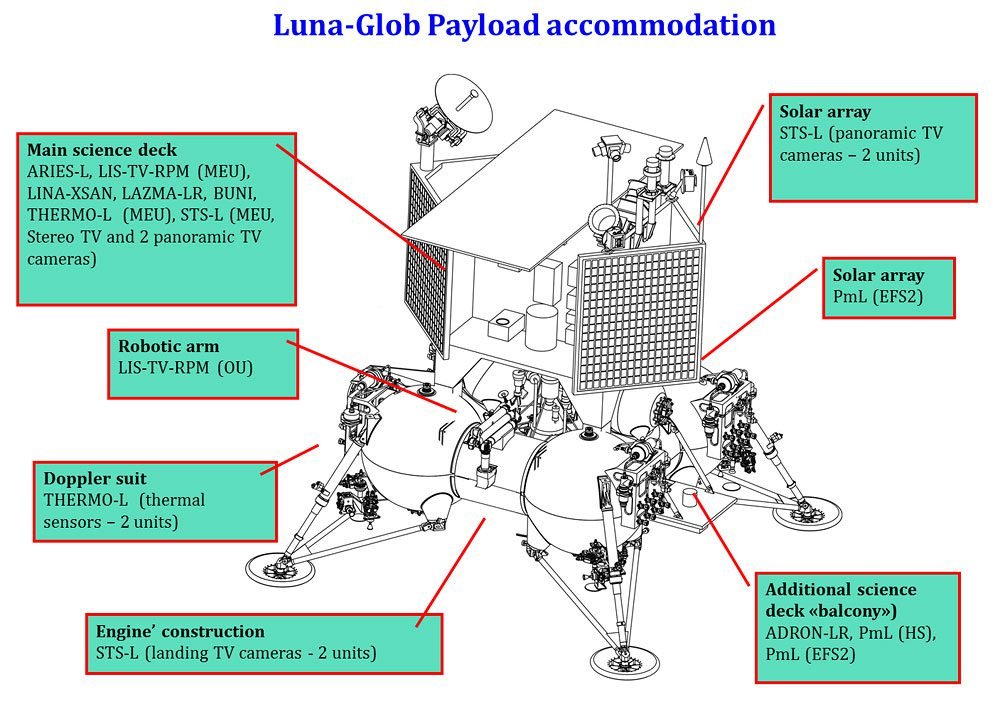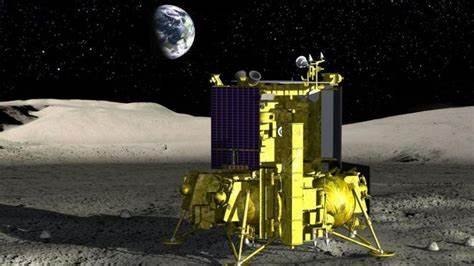47 years after the launch of Luna-24 by Soviet Union, was launched the Luna-25 or Luna-Glob probe, to collect samples on Moon’s south pole.
Source: RT
The Russian space program has launched a probe to the moon for the first time since 1976. Luna-25 blasted off from the Vostochny spaceport in the Amur Region and is aiming to touch down in the southern polar region by August 21.
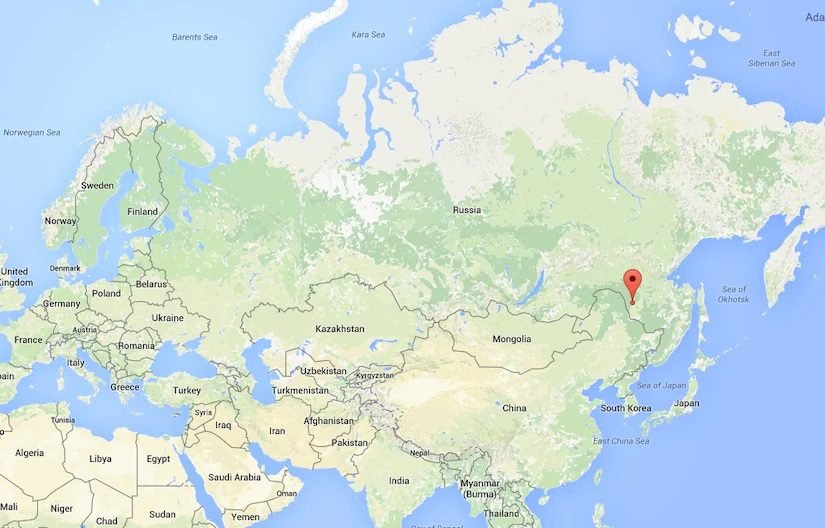
All previous probes have landed in the equatorial region. If it lands successfully, Luna-25 would arrive two days before India’s Chandrayaan-3, for a historic first lunarfall in the rugged polar terrain.
Luna-25 is the first moon probe made in modern Russia, entirely from domestic components. The USSR launched 24 official ‘Luna’ missions between September 1958 and August 1976.
Some of the soviet Luna probe are in the Cosmonautics Memorial Museum in Moscow, I wrote two posts about my visit.
Cosmonautics Memorial Museum (Part 1)Click here
Cosmonautics Memorial Museum (Part 2)Click here
The probe’s objective is to carry out scientific research in the southern polar region of the moon. Luna-25 is equipped with instruments for analyzing the lunar soil, plasma and dust components for the presence of rare minerals. The designated lunarfall site is near the Boguslavsky Crater and the mission is scheduled to run for one year.
According to Roscosmos, the crucial first phase of the mission will take nine minutes, from liftoff to the third-stage separation of the Fregat module, carrying the probe. The module is supposed to fire the main engine twice to set Luna-25 on a flight path to the moon.
The flight itself is supposed to take five days, with two trajectory corrections along the way. The last phase will take about three days and set the probe on a circumpolar orbit at the altitude of around 100 kilometers. In the fourth phase, Luna-25 would switch to an elliptical landing orbit with a minimum altitude of 18 kilometers and carry out a soft landing in the south polar region.
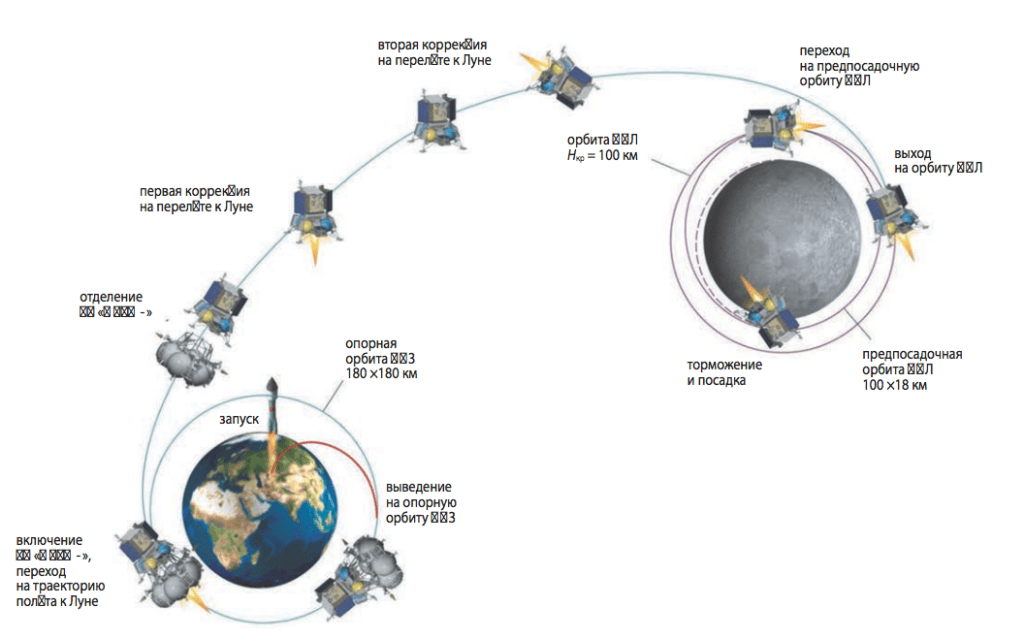
India hoped to be the first to land in the polar mountains, in September 2019, but the Vikram lander of the Chandrayaan-1 probe lost connection and crashed. The Chandrayaan-3 mission, launched in July, is already in lunar orbit and aims for a polar landing by August 23.
The Luna-25 probe
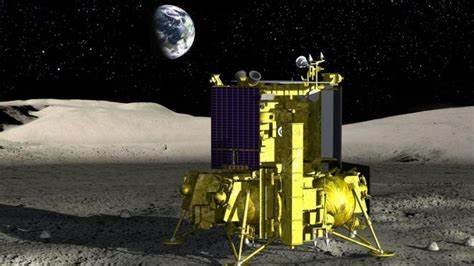
Was launched by Soyuz-2.1b rocket, weighs 615 kg and has 26.7 kg of scientific instruments. According to NasaSpaceFlight, the tasks that will be executed by Luna-25 are:
- Measure neutron and gamma ray radiation background on lunar surface.
- Estimates water fraction on lunar soil, determining composition on surface on 40 centimeters depth.
- Investigate composition of the circumpolar lunar exosphere and physical processes during Sun activities and Moon’s phases.

